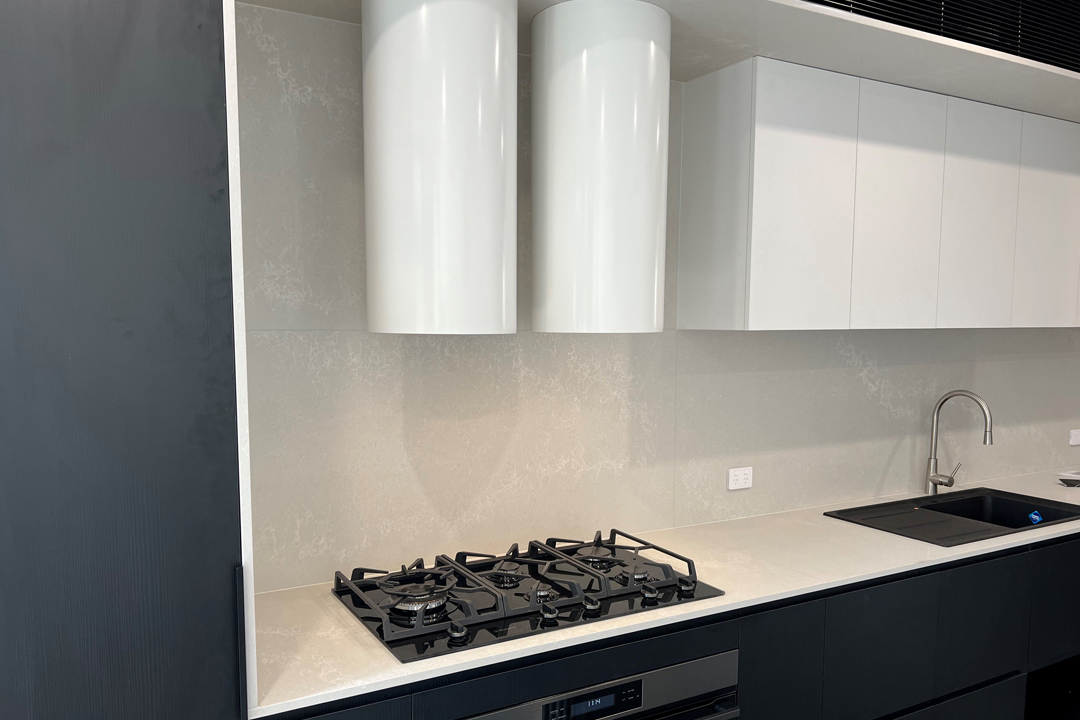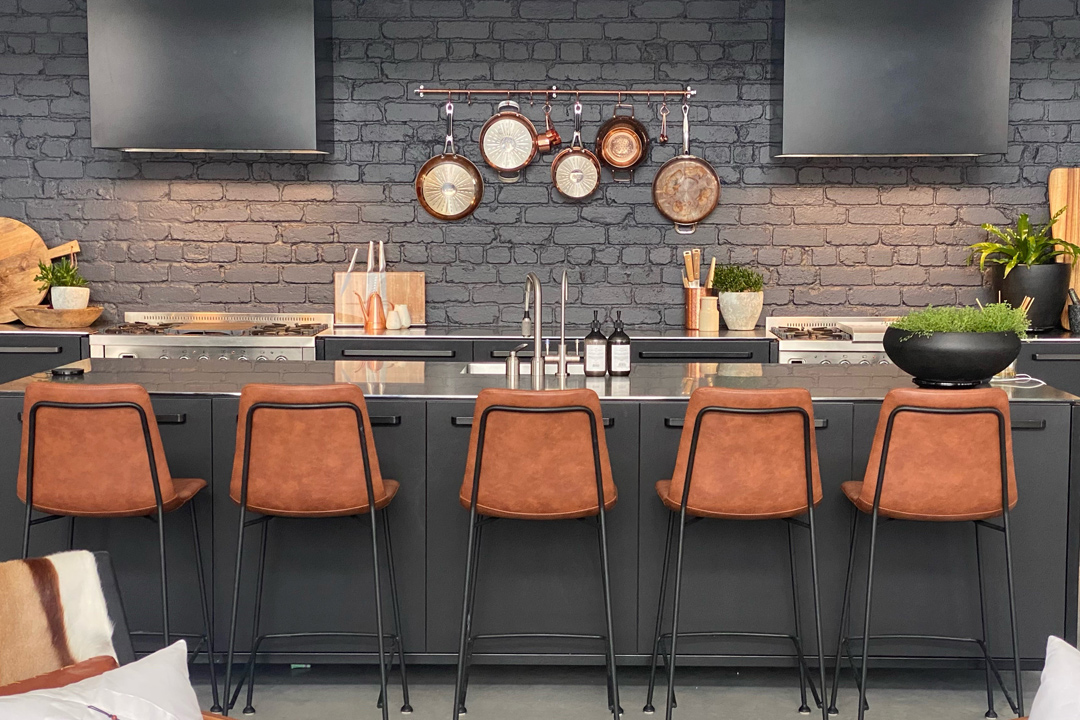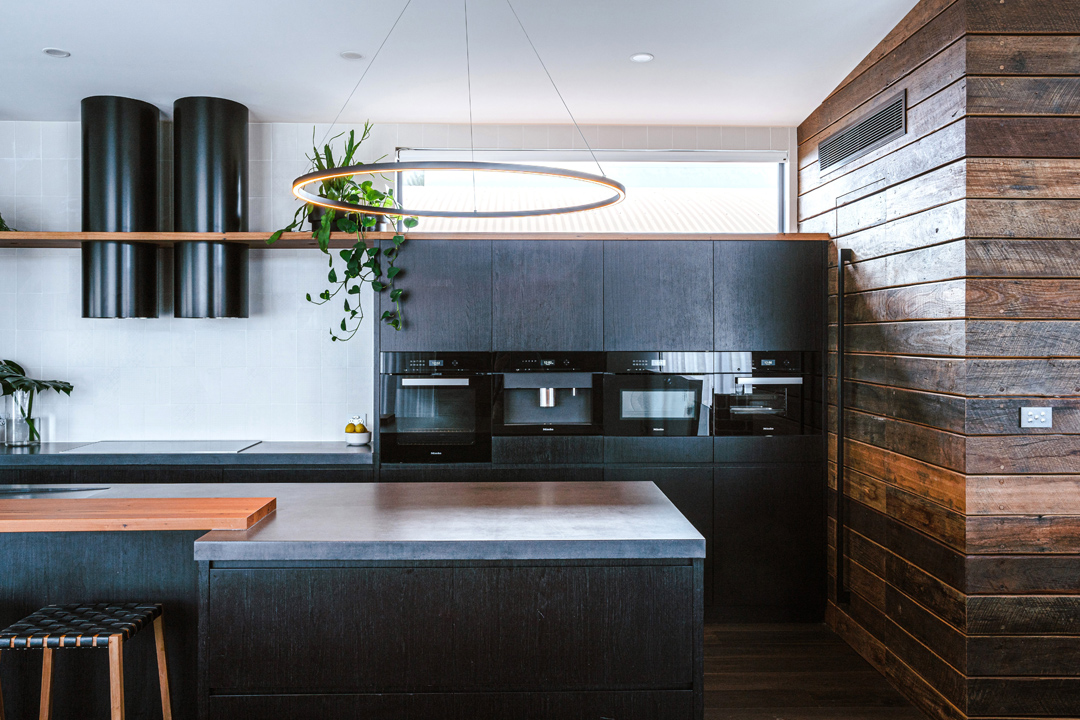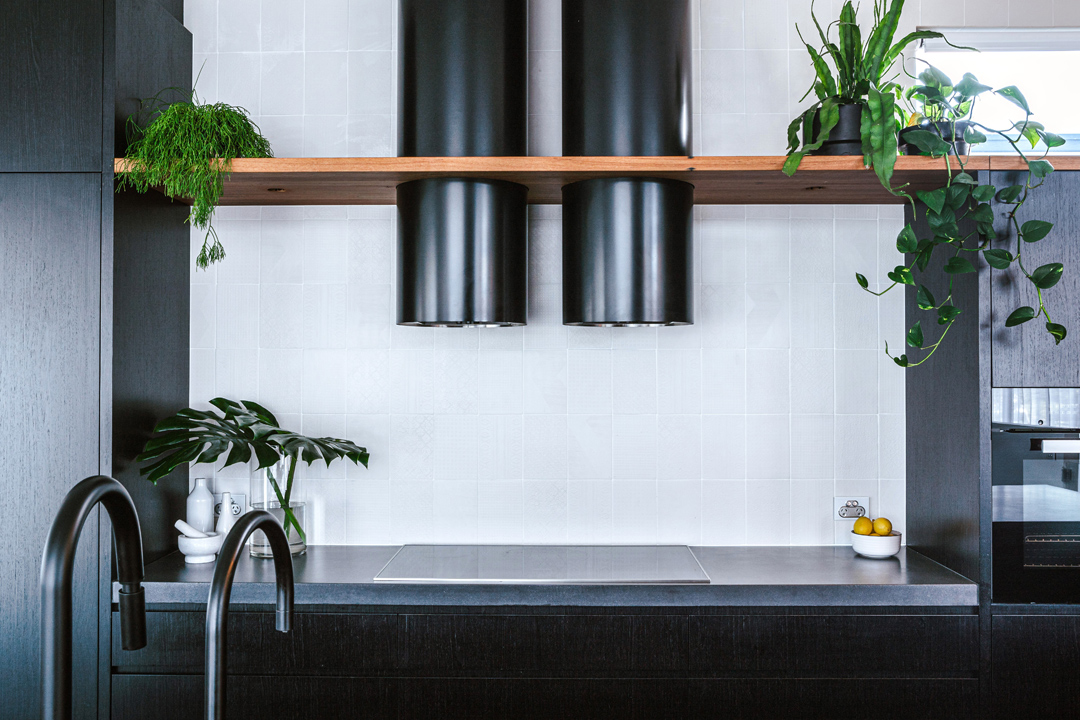
Home on the Range
As leading experts of rangehood installation and design, Sydney Rangehoods stands out as a haven of knowledge and experience. Often in home design, rangehoods are an afterthought – considered an ‘ugly’ necessity that offers very little to the finished home. Peter Vardas, director of Sydney Rangehoods, sits down with Saturne Roberts from Sydney Kitchen + Bathroom Design, to discuss and share his knowledge on the importance of its addition to a home, the varying style options available and why his company are undeniable leaders in rangehood installation.



At Sydney Rangehoods, there will be no home without a quality installation of a rangehood that not only adds safety and functionality, but a design flare. If you are in the market for a rangehood installation, and don’t even know where to start, then Sydney Rangehoods is the place for you. With an impressive and extensive list of builders, architects, kitchen joiners and retailers, and with a dedication and passion for rangehoods and providing customers with the best quality service, there is a reason this company is the industry leaders in rangehood design and installation. Read on as Vardas and I discuss what makes rangehoods a home necessity and how the rangehood industry is constantly evolving.
WHAT DOES A RANGEHOOD DO?
A rangehood is an installed device with a motorised fan that sits above a cooktop and extracts any steam, smoke or odour that could occur and spread throughout the home. There are many varieties of rangehood installation designs and functions, these include standard undermount and canopy rangehoods, and downdrafts and ceiling cassettes. Vardas expresses the different aspects of rangehood designs, saying that “a downdraft range or cooktop integrates the ventilation system directly into the cooking surface, eliminating the need for an overhead vent. These are perfect for island benchtops, as there is no view obstruction.”
Not only installed in indoor cooking areas, a rangehood is installed in any alfresco area that has a cooktop or barbeque. A barbeque rangehood is a critical safety component for any outdoor cooking setup. Vardas explains its importance, saying that “not only is it essential for safety reasons, but a rangehood can also help improve air quality and keep your alfresco cooler for you guests to enjoy.” So, if you were considering smoking a ham in your new enclosed alfresco entertaining area with friends, consider getting a rangehood installed, for everyone’s sake.
DESIGN EVOLUTION
Rangehoods are available in a variety of designs, often tailored to the home or lifestyle of a client. Undermount and canopy rangehoods are the most common choice, with downdrafts and ceiling cassettes on the rise in installation popularity. However, there is a large variety of designs available that suit any kitchen or alfresco design. Vardas states that he has “been installing quite a few cylindrical rangehoods which are installed side-by-side, most of which are powder coated.” This simple design can blend seamlessly within the kitchen, particularly with a complementary colour choice. Other design options include undermounts that are dressed in brass, copper, or tiles – irrespective of the fact that the unit is usually hidden.
As of late, silent rangehoods are becoming increasingly popular, but only work as intended if they are installed correctly. The recommended distance between the motor to the rangehood should be between four to six metres.
Varadas says he has “come across installations where the external motor is directly behind, which defeats the purpose of getting a rangehood with an external motor.” With an extensive list of customisation options available, which include shape and colouration, rangehoods can add an aesthetic touch to a cooking space without compromising on safety and functionality.
HOW TO DECIDE
Not many people understand where to start when choosing a rangehood, whether it be design or type. Luckily, Vardas recommends some tips for how to choose your rangehood design. He says that a few things to consider are whether you have a “gas or induction cooktop, the type of cooking that will be done, how much space is available for ducting, and the budget.” He adds that when choosing, “most of the time retailers will choose. However, occasionally recommendations will be put forward on what unit will best suit the customer”.
On top of this, some houses may have restrictions that could impact your choice. With the most common unit installed being to duct the rangehood to the atmosphere, when that is not possible, a recirculating rangehood is the last resort. Vardas explains that these particular rangehoods “come with a secondary charcoal filter which cleans the air by filtering the odour and blowing it back into the kitchen.”
In relation to Sydney Rangehoods, Vardas states that his company considers many options when helping a client decide what rangehood unit to install and the design. He says “firstly, we look into what cookers you will be using. IE-gas or induction, Teppanyaki plate and/or electric charcoal. Secondly, we look at the span of the cooking area, benchtop depths and measure the parameters of the kitchen. Then we start looking into design – shape, colour, etc.” When trying to decide on a rangehood, understanding the differences between styles and the range of design options available, can truly elevate any home design.
Vardas reminds us that “it is very important that the rangehood and the cooking area marry.” If you are ready to update your kitchen or alfresco area and need a reliable company with extensive knowledge and industry experience, approach Sydney Rangehoods and you will have a design and style that suits your lifestyle. Vardas’s final advice is this: “This is something people have to live with and use nearly every day. It is important to choose wisely. Some people prefer efficiency however, we’ve noticed that noise is a big factor. My advice is to spend the money!”
Images courtesy of Sydney Rangehoods
